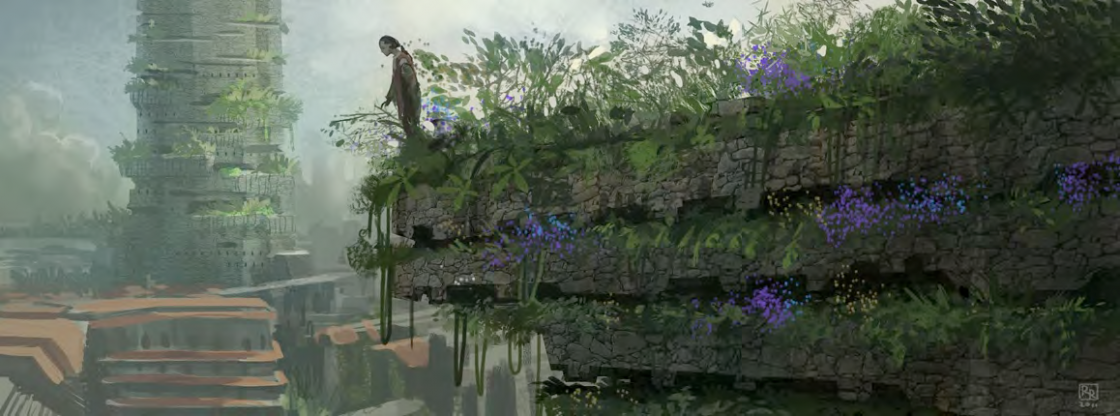
Rhythm, like the keys of a piano, is expressed by nature. Master it.
Hassan Anifowose
The ever-changing skylines of capital cities across the globe – from London to Melbourne, Berlin to Bangkok – both awe and inspire those of us who prefer to think and feel rather than solely eat, drink and exist. As Frank Lloyd Wright so succinctly put it: “The mother art is architecture. Without an architecture of our own, we have no soul of our own civilization.”
The work of an architect is so much more than just the cyclical process of the first pencil sketches and the many hours spent analysing blueprints, or producing 3D visualisations, all supported by far too many visits to the nearby coffee machine!
As we can see through the example of recent projects undertaken in the Nigerian capital city of Abuja, respect for our global artistic heritage and genuine respect and, yes, passion for the great architectural feats of the past, clearly resonate in the mind of the 21st Century architect.
The Central Business District (CBD) in the neighbourhood of the Central Mosque Abuja, the headquarters of the Central Bank of Nigeria, and the National Petroleum Corporation Headquarters (NNPC) have undergone huge regeneration.
What was once land consisting of little more than abandoned residential units, a commercial building, and an unfinished fire station, is now an area of opportunity for growth and pride for all those who live and work in the region.

As can be seen in the accompanying series of 3D visualisations produced by Chronos Studeos, the company generated all of the modellings and rendering on the project. Chronos Studeos worked on the enhancement of the roof garden, as originally envisioned by Mauricio, as well as the repetitive features of the terraces, such as the balustrades and rails.
As Animation Supervisor Hassan Anifowose recalls: “It was going to be a perfect blend of nature because we had water in the courtyards, a stair tower surrounded by water. We had archways beaming in sunlight from the outside onto the corridors and through the huge glazing into the building.”
As consistently highlighted in all design works undertaken here at Chronos Studeos, respect for nature is also key.
Listed second only to the standard EIA procedure in plans for the CBD district was the fact the proposed area of construction in the CBD district of Abuja had to be “self-sufficient and self-sustained.”

It is our intent to introduce sustainability by using materials sourced close to the site, when possible, and the labor and craftsmanship of local talent throughout Nigeria.
But the work of an architect is about far more than the quality and source of materials used, be they those of 12th Century Italy or 21st Century Nigeria. Increasingly we see a desire from the outside world for architects to lead the way in helping to protect and preserve our natural landscape.
As Mr Amado explained in relation to his designs for Abuja’s CBD: “We want to look at nature to tell us about the sun, the winds, the rain, and work in conjunction with nature to create a well-balanced design.”
Now consisting of office basements, an office block and an exhibition hall which can house no fewer than 2518 people, Abuja’s Central Business District is a prime example of what can be achieved when the architect works with, rather than against, nature. In this instance, top of the list of the site requirements was a call for the landscape to be “integrated with the design and context”.
As you can see in the original visualisations, the regenerated area is now at one with the surrounding greenery, with a water feature around the stair towers allowing, in the words of the architect, “for a truly natural experience while arriving or moving around the site.”
When The Eden Project in Cornwall, England, welcomed its first visitors in 2001, too few of us likely appreciated the genius in the thinking of Tim Smit and architect Nicholas Grimshaw. Whoever could have imagined that domes, designed to emulate Mediterranean and tropical environments and built into a reclaimed Kaolinite pit, would become such a successful tourist attraction in oh-so-traditional England. Today, such a harmonious relationship between nature and the buildings we need so as to grow as a local community is, it seems, almost compulsory.
With fears about global warming and our personal carbon footprints frequently dominating the headlines, we have all thankfully come a long way in understanding that, while the architect’s designs are, of course, the key to any project, even he cannot and must not argue with Mother Nature.
When you create space for man, do not separate him from nature.
Hassan Anifowose








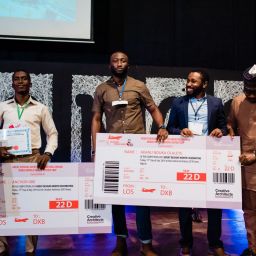
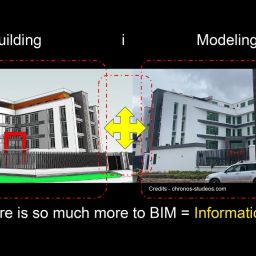
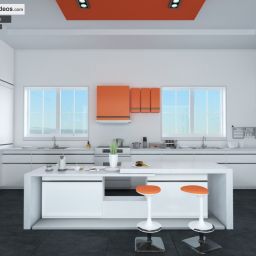
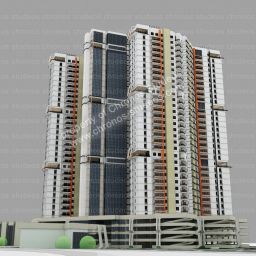
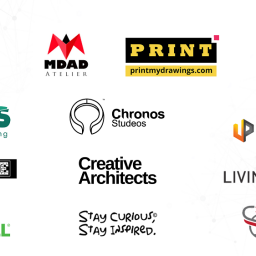
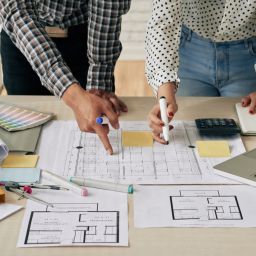


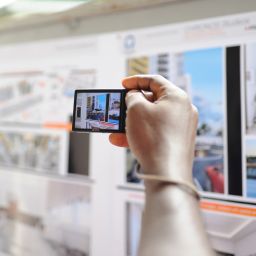

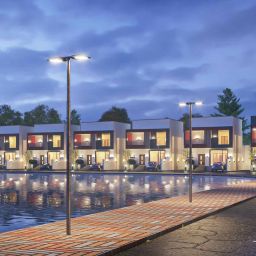

i really enjoyed this post guys, thumbs up
Thanks for the kind words, Edu. I’m so glad you enjoyed reading this and I hope you continue to visit us on a regular basis. Thanks again!
good to see England in the new… nice job on the write up